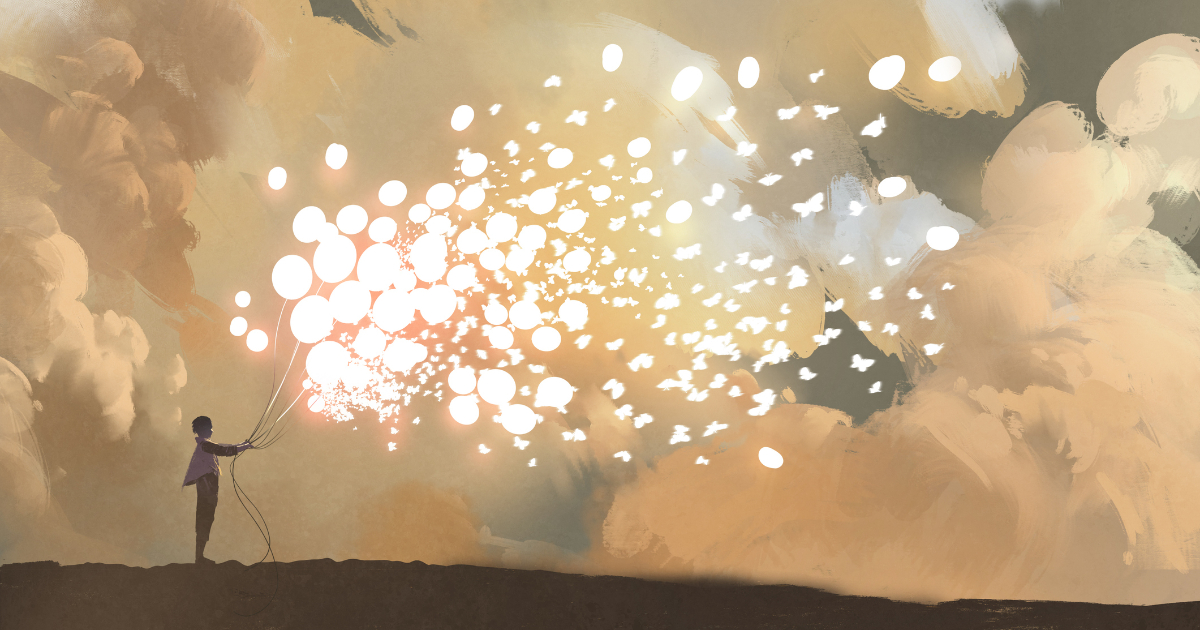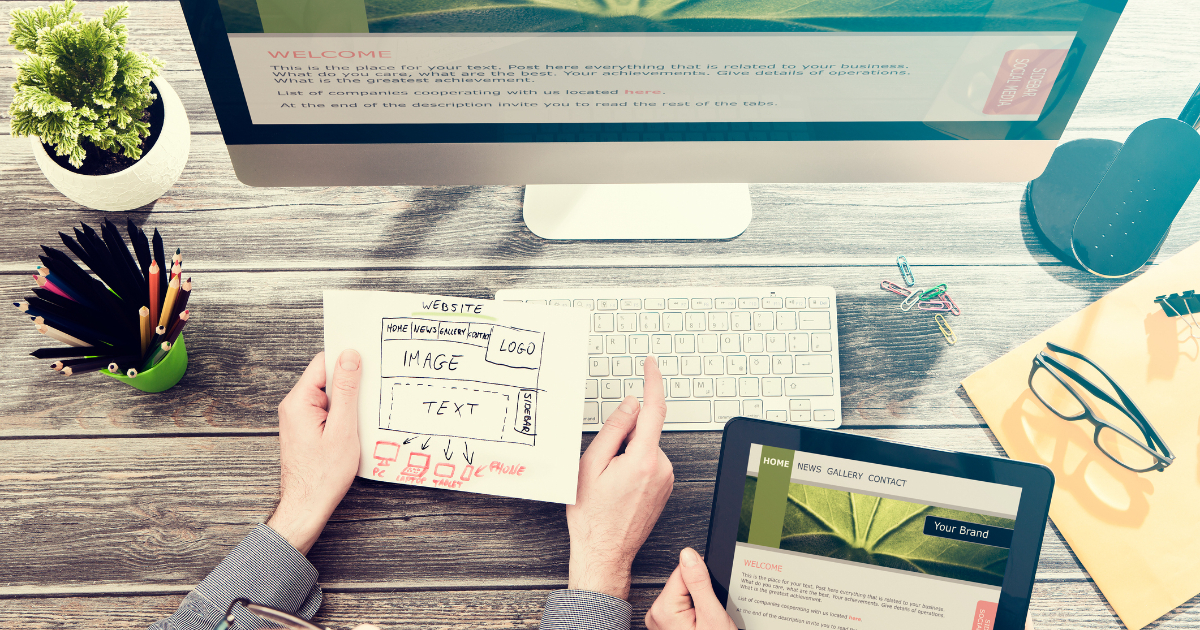Codetown
Codetown ::: a software developer's community
Why use Amazon EC2 (AWS) Container Services (Docker)
Why use Amazon's container service?
We all experience a common set of tasks when working in IT shops. Someone gets delegated (voluntold) to the task of working with the System Admin, JBoss/Middleware, Security, and Hardware support teams in configuring a brand new set of servers.
Other times we develop an install instructions for JBoss EAP or a database product like MongoDB or Postgress. Then every developer after the first one has to setup and configure the same set of "things".
Guess What?
Now you don't have to any more. You can create a configuration for a "virtual server" and save that for others to use. So, you may be developing a JBoss EAP instance with your favorite WAR deployed to offer up a web service within a container (Docker Image). Or, you might be creating a database virtual server within another container.
Each developer can pull down your configured red hat virtual instance container with your setting you created. Now everyone has zero configuration cost for having the same exact set of testing servers.
Integrating the WAR deployments is possible with tools like Jenkins.
Running your container on your PC or on "the cloud" (Amazon's servers) is really the same thing. The virtual machine can be deployed and run anywhere.
Try out AWS on your own. The only hitch is yes, they ask for a credit card for their "Free environment". Fortunately for me, I had an american express gift card which worked just in setting up the account.
https://aws.amazon.com/free/?sc_channel=PS&sc_campaign=acquisit...!4422!3!96578667522!e!!g!!amazon%20web%20services&ef_id=V0bibAAABAdqv@jn:20160601174220:s
Comment
-
Comment by Matt C on June 4, 2016 at 9:11am
-
do similar by creating local VM's on existing infrastructure
Correct Thomas, you make a good point. If you have existing infrastructure to quickly create and tear down linux vm's, then there isn't much of an advantage. The trouble is we typically face is we create nearly physical VM instances which have a spaghetti factory set of things installed on it by SA experts.
Without trying to sound too much like an AWS salesman:
1) spin up a configuration without the "bare bones minimum" OS and nearly 0 Linux experience
2) deconstruct the configuration and re-construct it on the fly with zero residual configuration on the VM image to mess things up
3) the ability to flip OS versions / JBoss versions / Java versions and re-run your regression test over and over and over
4) software developers do not have to be Linux experts (but fly in with root authority haha)
5) throw away the configurations you don't like (mongoDB or PostGress) when you are done testing them
6) Most importantly for many shops: NO RED TAPE - many shops have rigorous software control board committees and groups.Just the act of getting everyone to agree on a potential configuration can take weeks or months (yes, I've seen this). This can be often the largest issue to preventing software upgrades and sapping your leadership and developer productivity.
If you are a sophisticated shop, you won't require this and you may have Linux / Windows VM image instructions already in place. In that case, this all may be moot.
Elastic load balancing
Take a read into this feature of multiple VM's "running from the cloud". If you are familiar with the fun F5 sprayer configurations and the fun of working with experts, then you might find configuring the elastic load balancing a little more fun and a little less challenging on your nerves. The features look very robust and viable.
-
Comment by Thomas O'Hare on June 3, 2016 at 12:48am
-
I really appreciate the work you did but this was a topic I wanted to read more personal experience with substance. I am still weighing in on AWS and would have liked to have read more detail on AWS EC2. I just get the impression from this we could do similar by creating local VM's on existing infrastructure and create environments from VM images to do basically the same -- w/o the Credit Card! But again, I appreciate the effort.
Notes
Welcome to Codetown!
 Codetown is a social network. It's got blogs, forums, groups, personal pages and more! You might think of Codetown as a funky camper van with lots of compartments for your stuff and a great multimedia system, too! Best of all, Codetown has room for all of your friends.
Codetown is a social network. It's got blogs, forums, groups, personal pages and more! You might think of Codetown as a funky camper van with lots of compartments for your stuff and a great multimedia system, too! Best of all, Codetown has room for all of your friends.
Created by Michael Levin Dec 18, 2008 at 6:56pm. Last updated by Michael Levin May 4, 2018.
Looking for Jobs or Staff?
Check out the Codetown Jobs group.
InfoQ Reading List
API Platform Unkey Ditches Serverless After Performance Struggles

Developer Platform Unkey has written about rebuilding its entire API authentication service from the ground up, moving from serverless Cloudflare Workers to stateful Go servers after re-evaluating the constraints of their serverless architecture. The move resulted in a sixfold performance improvement and eliminated the workarounds that had become a dominant part of its engineering efforts.
By Matt SaundersPresentation: Lessons Learned From Building LinkedIn’s First Agent: Hiring Assistant

Karthik Ramgopal and Daniel Hewlett discuss the evolution of AI at LinkedIn, from simple prompt chains to a sophisticated distributed agent platform. They explain the transition to a supervisor-sub-agent model that enables parallel development and modular quality evaluation. and share a blueprint for building resilient, high-scale agentic systems.
By Karthik Ramgopal, Daniel HewlettKubernetes 1.35 Released with In-Place Pod Resize and AI-Optimized Scheduling

The Cloud Native Computing Foundation (CNCF) announced the release of Kubernetes 1.35, named "Timbernetes", emphasizing its focus on mutability and the optimization of high-performance AI/ML workloads.
By Mostafa RadwanReScript 12.0 Released with New Build System

ReScript 12.0 has launched, marking a milestone in modernizing the language with a rewritten build system, improved performance, and enhanced syntax. Key features include modular architecture, dictionary literals, and JSX preserve mode, reinforcing its position as a strong alternative to TypeScript for developers seeking sound typing and rapid compilation. Join the evolution today!
By Daniel CurtisCloudflare Year in Review: AI Bots Crawl Aggressively, Post-Quantum Encryption Hits 50%, Go Doubles

Cloudflare has recently published the sixth edition of its Radar Year in Review. The results reveal 19% yearly growth in global internet traffic, Googlebot dominance, increasing crawl-to-refer ratios, and broad adoption of post-quantum encryption. Over 20% of automated API requests were made by Go-based clients, almost doubling adoption over the previous year.
By Renato Losio
© 2025 Created by Michael Levin.
Powered by
![]()
You need to be a member of Codetown to add comments!
Join Codetown